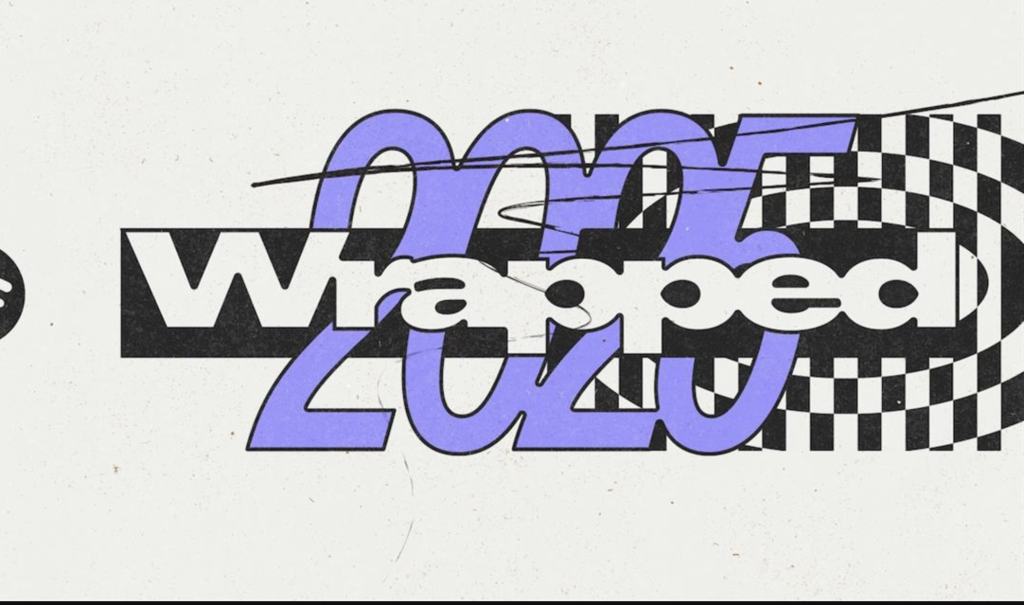Many large brands such as Nike, McDonald’s and others have well over 1 million fans and struggle deciding how best to communicate with Spanish speaking Facebook fans which in many cases are 10% or more of their total fan base. We determined there are 4 main methods to begin engaging a brand’s fans using Spanish language marketing.
They are: 1 – Creating a new Page, 2 – Posting to Everyone, 3 – Using Filters, or 4 – Creating a new Tab. We created a list of pros and cons for each of the 4 methods and we detail these below.
1 – Creating a new Page
Building a new page dedicated to Spanish content is one popular choice that many large brands use. AT&T, CNN, Tostitos, and the NBA have all chosen this path and grown substantial followings. A new page will show up on an internal search by the firm’s brand name which will help in drawing new fans. A key benefit for choosing this method is that it enables a brand to provide content specifically targeted to its Spanish language fans in a dedicated forum. This has been seen as the most common way to communicate with a brands Spanish speaking fan base.
However, there are a number of cons associated with beginning a new page dedicated to Spanish conversation. First of all, you will be driving fans away from a very popular page with thousands or millions of fans and starting a new page from scratch. Secondly, the new Spanish page will inevitably cannibalize fans from the existing page. Maybe most importantly, many Spanish speaking fans of these large brands are bilingual and enjoy having access to content in different languages. Now with two pages, the brand is making them choose. Furthermore, many bilingual Americans have the belief that English content is generally more accurate and updated then Spanish content.
2 – Posting to Everyone
A solution to beginning a new page, is to integrate all Spanish content onto the existing English page. Whether the brand adapts all content to Spanish, or just selected parts, it all will appear on the Facebook stream to all fans whether they speak Spanish or not. This may be a good option for brands as the method generates high awareness of the fact that the brand speaks and understands Spanish and they will do so without starting a new page without their millions of fans. Bilingual fans will also be able to easily see all content in both languages.
There are many downsides to this method though. First off, it can get very cluttered. Postings of the same content in different languages may actually turn off a number of fans. Also, the brand is losing the opportunity to target its Spanish speaking fans using a dedicated forum. Finally, what if fans that speak other languages get offended that they do not see their second tongue displayed?
3 – Using Filters
To avoid having duplicate content visible to a brand’s fans, they might also consider the use of filters. Any time an administrator posts content on a fan page, they have the option of posting to everyone (default) or to post only to certain geographic areas or languages. A brand can thus post Spanish content only for its fans that have their Facebook account set to Spanish. Bilingual fans will like this as they will see all Spanish and English content with no duplications. Also, the brand doesn’t have to start a new page from scratch and fans with different language settings will not even know that there is additional Spanish content.
There are some big problems with filters though, chiefly is that many bilingual Spanish speakers have their settings on English. They would not even know that there was additional content there for them! Also, as the page would mostly be an English page with only some Spanish content available through filters, it would not have the same feel as a newly created Spanish dedicated page. Finally, some of the virality would be lost as a fan’s comment on a Spanish posting would not have the ability to stream to a friends’ wall unless they both had their language settings on Spanish.
4 – Creating a new Tab
The final option to consider is the use of custom built tabs. Many ad agencies and other custom web agencies will develop a custom Facebook tab that can hold all Spanish content within the original main page. This would in many ways work as a second wall in which the brand would engage its Spanish speaking fans with an attractive Spanish title as well as content targeted in their language. They would maintain their original fan base and be able to provide links to this tab in all their marketing material geared towards Spanish speakers. Also, bilingual fans would not feel left out from the English discussion which is important to consider.
Creating a second tab has some disadvantages of course. They are typically more costly to maintain, on average between $100 – $2,500 per month depending on the content and frequency of posting. A custom tab also does not have all of the same functionality as the wall does such as the ability to show up on the stream of friends of fans. Virality is critical to the success of many brands marketing campaigns and a degree of this is lost here. Finally, the tab will not show up in an internal Facebook search.
You can download the entire Facebook Spanish Engagement Options List here.
This list is in by no means complete. Please comment back with your thoughts, additions, and revisions as we all think about how best to engage Spanish speaking fans.
<p><code><br /> <meta name="Keywords" content="Spanish social media, facebook fans, engage facebook fans, facebook engagement, Hispanic social media " /> <meta name="description" content=Many large brands such as Nike, McDonald's and others have well over 1 million fans and struggle deciding how best to communicate with Spanish speaking fans which in many cases are 10% or more of their total fan base. " /><br /> </code></p>




